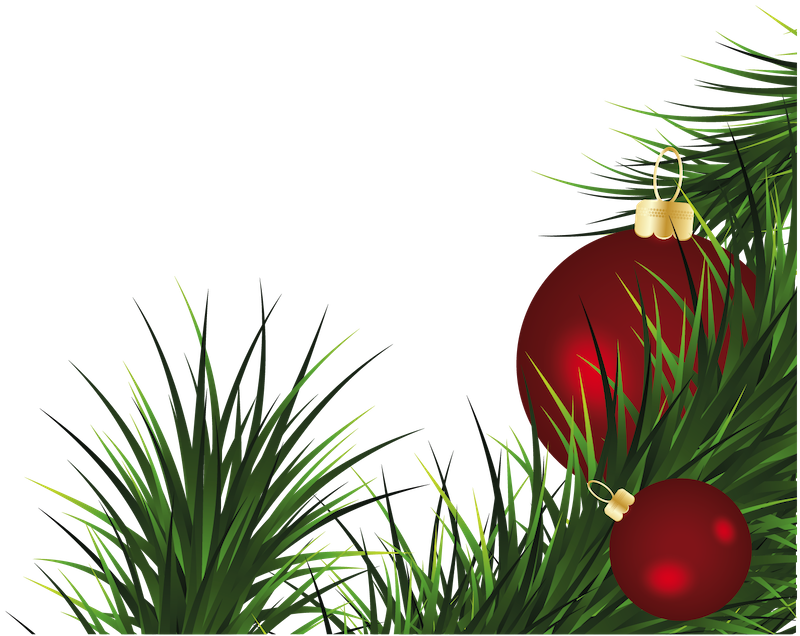
Tell your friends about this item:
How To Use Plastic Sextants David Burch
How To Use Plastic Sextants
David Burch
Sextants are used to measure angular heights of celestial bodies above the horizon to find the latitude and longitude of the observer. They can also be used on land with artificial horizons. Sextants can also be used to find the correct Universal Time by measuring the angular distance between the moon and another body along its path across the zodiac.
In coastal waters or on land, sextants can be used for very accurate piloting by measuring the horizontal angles between charted landmarks. The vertical angle of a peak above its baseline determines the distance to it, which, combined with a compass bearing, yields a position fix from just one landmark. The angular dip of an object (island or vessel) below the visible horizon can also be used to determine the distance to it.
This booklet explains how to get the best results from plastic sextants, and presents numerical comparisons with similar data from metal sextants. Sextant piloting techniques are also reviewed as they are an ideal use of a plastic sextant.
106 pages, black & white illustrations
| Media | Books Paperback Book (Book with soft cover and glued back) |
| Released | September 27, 2010 |
| ISBN13 | 9780914025245 |
| Publishers | Starpath Publications |
| Pages | 106 |
| Dimensions | 190 × 233 × 6 mm · 195 g |
| Language | English |
| Contributor | Tobias Burch |
More by David Burch
Show allSee all of David Burch ( e.g. Paperback Book , Hardcover Book and Book )

 Christmas presents can be returned until 31 January
Christmas presents can be returned until 31 January










![Cover for David Burch · Modern Marine Weather: From Time-honored Traditional Knowledge to the Latest Technology (Paperback Book) [3rd edition] (2018)](https://imusic.b-cdn.net/images/item/original/580/9780914025580.jpg?david-burch-2018-modern-marine-weather-from-time-honored-traditional-knowledge-to-the-latest-technology-paperback-book&class=scaled&v=1633594704)
![Cover for David Burch · Modern Marine Weather: From Time-honored Traditional Knowledge to the Latest Technology (Hardcover Book) [3rd edition] (2018)](https://imusic.b-cdn.net/images/item/original/641/9780914025641.jpg?david-burch-2018-modern-marine-weather-from-time-honored-traditional-knowledge-to-the-latest-technology-hardcover-book&class=scaled&v=1608709709)
![Cover for David Burch · Fundamentals of Kayak Navigation: Master the Traditional Skills and the Latest Technologies, Revised Fourth Edition (Paperback Book) [4th edition] (2016)](https://imusic.b-cdn.net/images/item/original/528/9780914025528.jpg?david-burch-2016-fundamentals-of-kayak-navigation-master-the-traditional-skills-and-the-latest-technologies-revised-fourth-edition-paperback-book&class=scaled&v=1627367944)






![Cover for David Burch · Inland and Coastal Navigation: For Power-driven and Sailing Vessels, 2nd Edition (Hardcover Book) [2nd edition] (2013)](https://imusic.b-cdn.net/images/item/original/672/9780914025672.jpg?david-burch-2013-inland-and-coastal-navigation-for-power-driven-and-sailing-vessels-2nd-edition-hardcover-book&class=scaled&v=1645696621)
![Cover for David Burch · Radar for Mariners, Revised Edition (Paperback Book) [Ed edition] (2013)](https://imusic.b-cdn.net/images/item/original/393/9780071830393.jpg?david-burch-2013-radar-for-mariners-revised-edition-paperback-book&class=scaled&v=1647908684)

![Cover for David Burch · Navigation De Secours: Techniques Exploratoires a l'usage du Marin Curieux et Prudent (Paperback Book) [French edition] (2012)](https://imusic.b-cdn.net/images/item/original/368/9780914025368.jpg?david-burch-2012-navigation-de-secours-techniques-exploratoires-a-l-usage-du-marin-curieux-et-prudent-paperback-book&class=scaled&v=1579874966)



![Cover for David Burch · Notfall Navigation (Paperback Book) [German edition] (2009)](https://imusic.b-cdn.net/images/item/original/177/9780914025177.jpg?david-burch-2009-notfall-navigation-paperback-book&class=scaled&v=1408572277)




